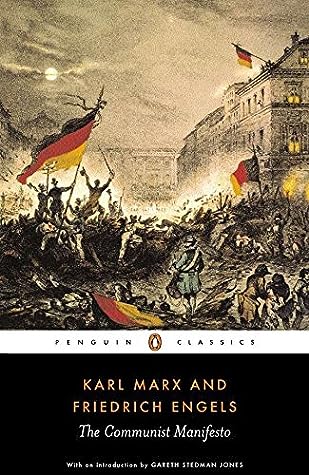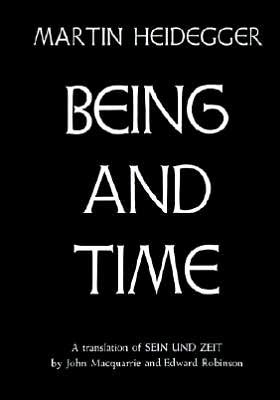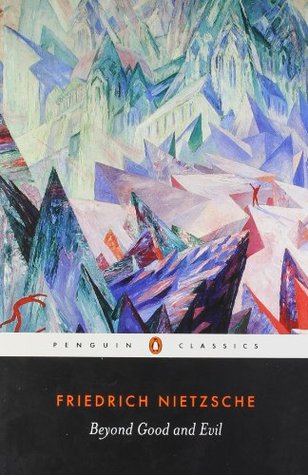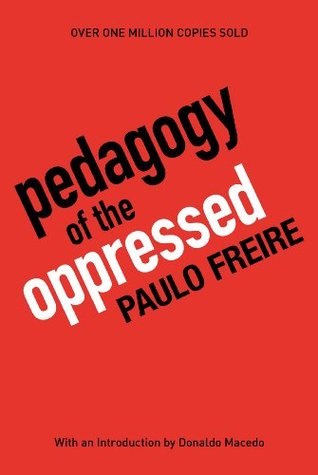
"The Communist Manifesto" Summary
By Karl Marx
philosophy | 288 pages | Published in NaN
Estimated read time: 5 min read
One Sentence Summary
"The Communist Manifesto" outlines the principles of communism and the struggle between the proletariat and the bourgeoisie.
Table of Contents
Introduction
"The Communist Manifesto" is a political pamphlet written by German philosophers Karl Marx and Friedrich Engels. It was first published in 1848 and is considered one of the most influential political manuscripts in history. The book presents an analytical approach to class struggle and the problems of capitalism. It outlines the principles of communism and the authors' beliefs about the future of the working class. The Manifesto has had a profound impact on the development of socialist movements and political ideologies worldwide.
Brief Synopsis
Plot Overview and Setting
The Communist Manifesto is set against the backdrop of the industrial revolution in Europe during the 19th century. It addresses the rise of industrial capitalism and the social and economic implications of this transformation. The authors analyze the class divisions, the exploitation of the working class, and the struggles between the bourgeoisie (the capitalist class) and the proletariat (the working class).
Main Characters
| Character | Description |
|---|---|
| Karl Marx | German philosopher and economist who co-authored the Manifesto. He is known for his theories on communism and historical materialism. |
| Friedrich Engels | German philosopher and social scientist who collaborated with Marx on the Manifesto. He contributed significantly to the development of Marxist theory and socialist movements. |
Summary of Different Story Points over Chapters
Chapter 1: Bourgeois and Proletarians
The first chapter introduces the history of society as a history of class struggles. It discusses the evolution of the bourgeoisie and the emergence of the modern industrial capitalist system. The authors argue that capitalism exploits the proletariat, leading to the alienation of the working class from the fruits of their labor.
Chapter 2: Proletarians and Communists
This chapter explores the relationship between the communist party and the working class. It outlines the goals and principles of communism, emphasizing the need for the proletariat to overthrow the capitalist system and establish a classless society.
Chapter 3: Socialist and Communist Literature
The third chapter provides a critical analysis of various socialist and communist movements and their historical significance. It discusses the differences between reactionary socialism, conservative or bourgeois socialism, and critical-utopian socialism.
Chapter 4: Position of the Communists in Relation to the Various Existing Opposition Parties
In the final chapter, Marx and Engels discuss the communist party's position in relation to other political parties and movements. They emphasize the importance of international solidarity among the working class and the necessity of the proletariat to seize political power.
Main Events
- The historical development of class struggles
- The rise of the bourgeoisie and the industrial capitalist system
- The exploitation and alienation of the proletariat
- The principles and goals of communism
- The role of the communist party in revolutionary change
Themes and Insights
Class Struggle
The Manifesto explores the historical pattern of class struggle and the conflict between the bourgeoisie and the proletariat. It highlights the exploitation and oppression of the working class by the capitalist ruling class.
Capitalism and Exploitation
Marx and Engels critique the capitalist system, emphasizing the exploitation of labor and the accumulation of capital by the bourgeoisie. They discuss the alienation of the working class and the commodification of labor under capitalism.
Revolution and Social Change
The book advocates for revolutionary change and the overthrow of the capitalist system by the proletariat. It promotes the idea of a classless society and the establishment of communism as a means to achieve social equality and justice.
Historical Materialism
The Manifesto introduces the concept of historical materialism, which interprets historical development as driven by the material conditions of society. It analyzes the relationship between economic structure, class struggle, and social change.
Reader's Takeaway
"The Communist Manifesto" offers readers a critical perspective on the social, economic, and political dynamics of capitalist societies. It encourages reflection on the nature of class struggle, the exploitation of labor, and the potential for revolutionary change. The book's insights into the principles of communism and the critique of capitalism continue to provoke discussion and debate in contemporary society.
Conclusion
"The Communist Manifesto" remains a significant work that has shaped political thought and inspired social movements across the globe. Its analysis of class conflict, capitalism, and the potential for revolutionary change continues to be relevant in understanding the complexities of modern societies. The book serves as a foundational text for those interested in the study of political theory, economics, and social justice.
The Communist Manifesto FAQ
What is 'The Communist Manifesto' about?
Who wrote 'The Communist Manifesto'?
What are the main ideas in 'The Communist Manifesto'?
Why is 'The Communist Manifesto' considered important?
Is 'The Communist Manifesto' still relevant today?




